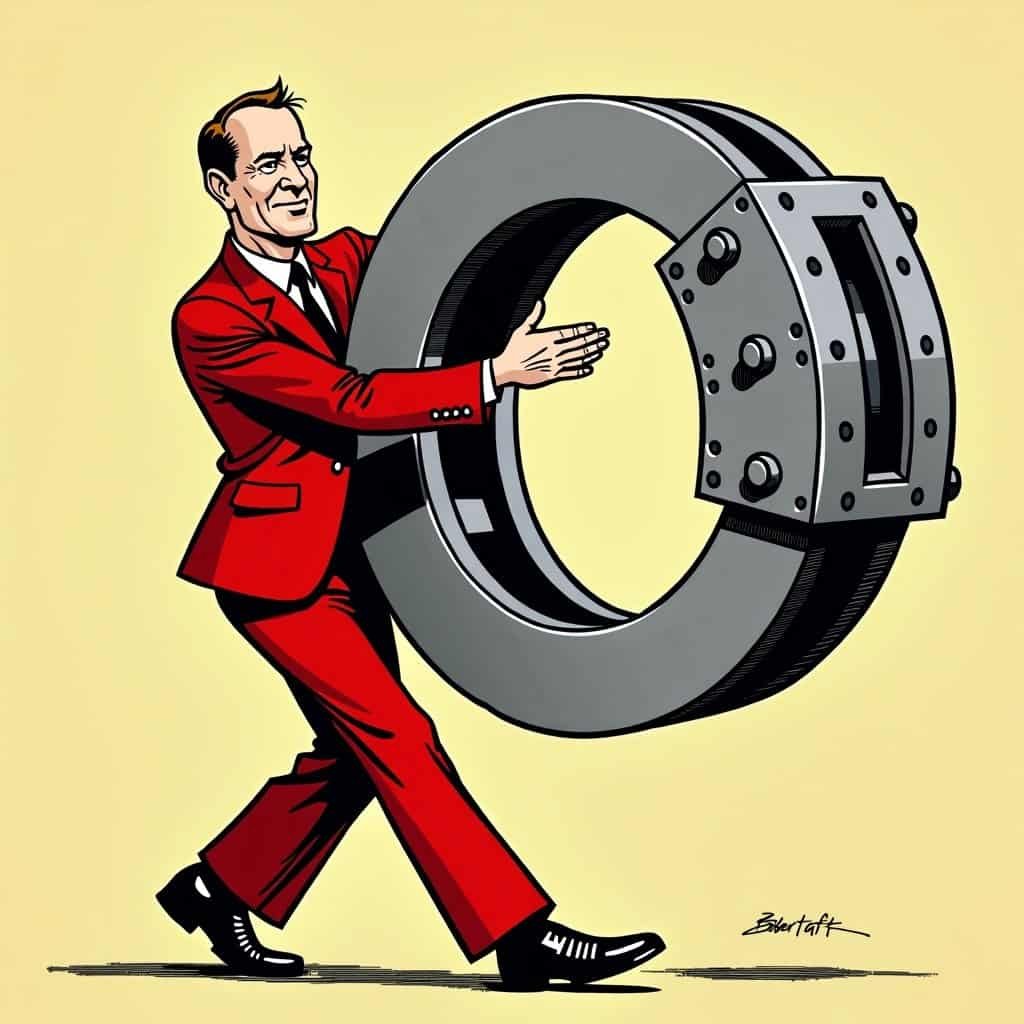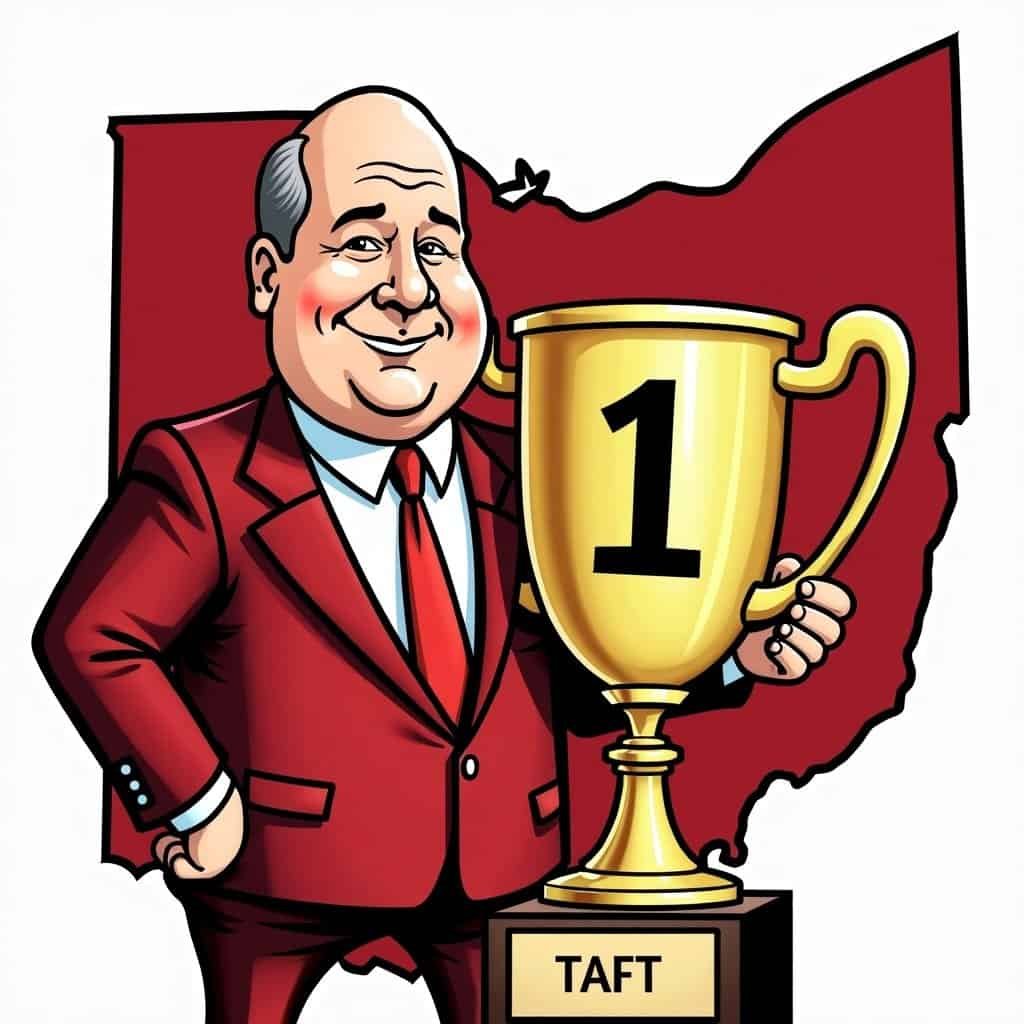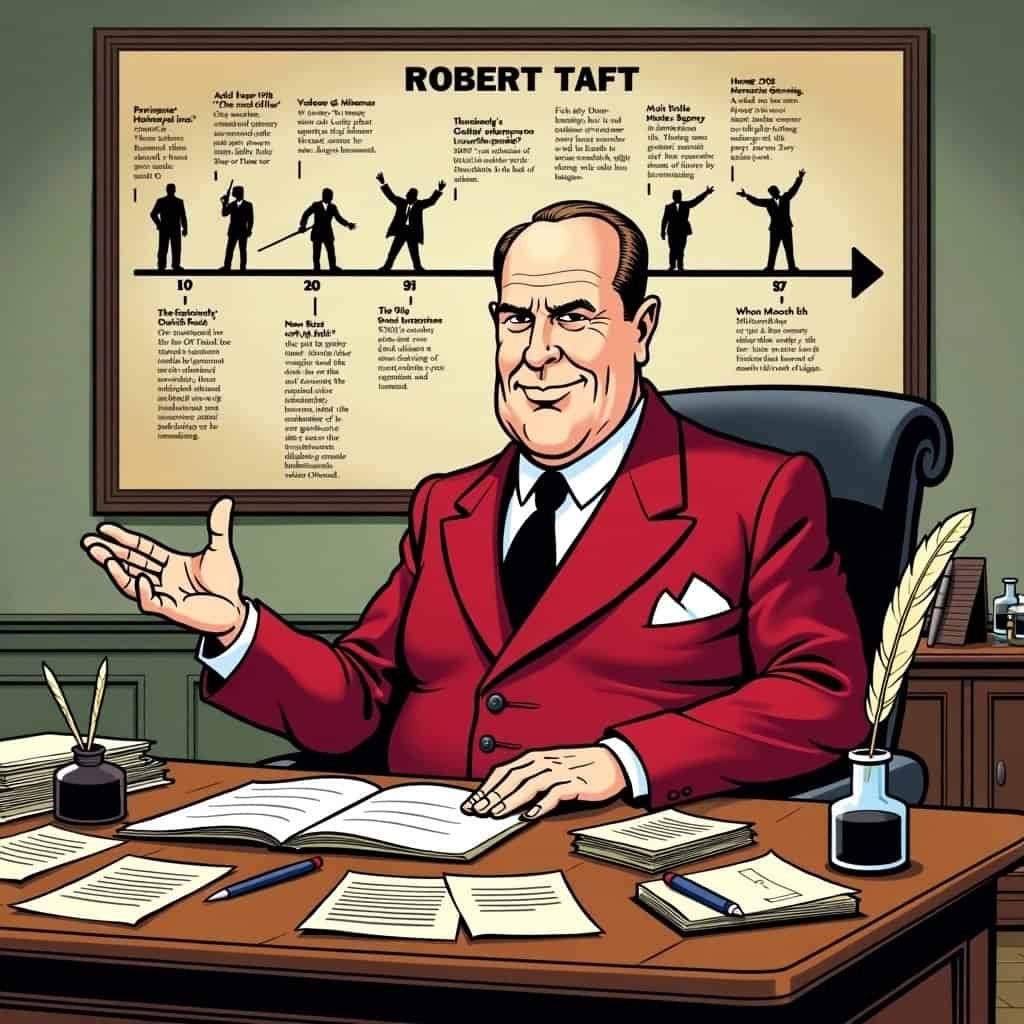Ah, Robert Taft! If there ever was a man who knew how to keep government (and audiences) in check, it was him, the champion of federalism. Taft wasn’t your run-of-the-mill politician; he was a master of political wisdom—not the kind with a magic wand, but one who believed government should protect freedom, not hover over our every move like an overprotective parent!
Federalism isn’t just a fancy political term; it’s a philosophy that celebrates independence. It’s about making sure the federal government doesn’t end up micromanaging every aspect of our lives like some overzealous hall monitor. Nope! Taft believed in giving power to the states, because let’s be honest, would you want Washington to decide how you fry your bacon? Probably not.
It’s no surprise conservatives love federalism—it’s all about personal freedom, taking responsibility, and a big helping of good old-fashioned liberty. You know, the stuff that makes liberals reach for their red tape and federal rubber stamps…
Taft’s Approach to Federalism
Now, Robert Taft, or as some might call him, Mr. Republican, had a unique take on this federalism dance. He wasn’t one for fancy federal footwork! Instead, he kept things close to home, fighting for state rights as fiercely as a squirrel guarding its winter stash. He saw states as beacons of liberty, shining a light on freedom and keeping the feds in check.
Taft’s Federalism Checklist
- ✅ Empower states
- ✅ Limit federal overreach
- ✅ Protect individual liberties
- ✅ Encourage local solutions
- ✅ Promote fiscal responsibility
But why does this matter, especially for conservatives? Well, look around! When it comes to protecting freedom and sparking innovation, relying on states instead of a big, clunky federal machine just makes sense. Think about it—smaller governments can move faster, manage money better, and actually fit their citizens’ needs—instead of growing into a bureaucratic jungle!
The Benefits of Federalism
Federalism encourages a variety of solutions—it’s like a buffet of best practices instead of a one-size-fits-all mess. It’s about trusting states to handle things like education and health care instead of a massive government that feels like waiting in line at the DMV… forever. Besides, have you ever seen federal oversight that didn’t come with a side of migraine?
State vs. Federal Approach
| Issue | State Approach | Federal Approach |
|---|---|---|
| Education | Tailored curricula | One-size-fits-all standards |
| Healthcare | Local needs focused | Nationwide regulations |
| Economic Policy | Flexible to regional markets | Broad, often inflexible policies |
Taft’s strong belief in these ideas wasn’t just political smooth talk but a deep commitment to conservative values that treasured freedom and economic opportunity. He waved the free market flag like a conductor leading an orchestra of prosperity. Lower taxes, less red tape, and a free-market symphony—you know, music to any entrepreneur’s ears. Who wouldn’t want to keep more of their hard-earned cash and watch it grow, rather than see it vanish into endless programs and federal money pits?
Taft’s Lasting Legacy
So, dear readers, remember Robert Taft’s legacy as you hum along to the tunes of Uncle Sam’s great union. Let’s protect states’ rights while keeping federal overreach as rare as someone correctly pronouncing ‘Cuyahoga’ on the first try. After all, when the states shine, the whole country lights up like a Fourth of July spectacular!
While some might drone on about progressive this and that, here’s hoping our future keeps echoing Taft’s vision of harmony—a republic where freedom keeps rolling along, powered by the states’ energy and can-do spirit. Now, that’s a road trip worth taking!






